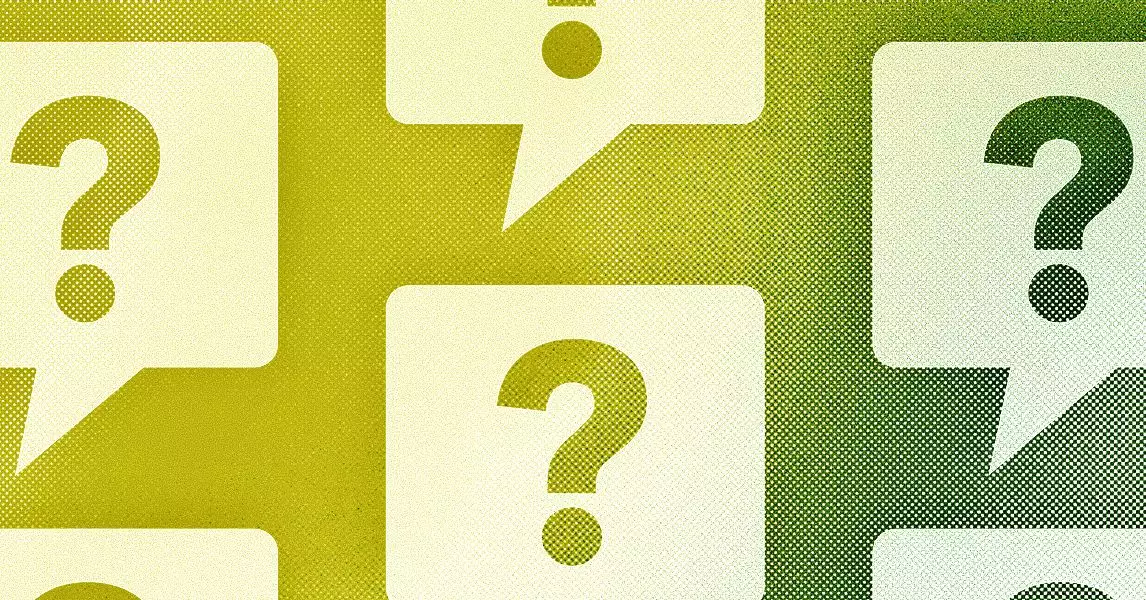Artificial Intelligence has become a disruptive force across numerous creative industries, with filmmaking and television production being at the forefront of this technological revolution. A particularly telling example lies in the realm of storyboarding—an essential phase where visual artists sketch out scenes to guide filming. Traditionally, this process involved skilled professionals investing hours into conceptualizing and illustrating sequences. However, the advent of advanced AI image generators has begun to render these roles increasingly obsolete. Visual artists, once the backbone of pre-visualization, now face the daunting reality that AI tools can produce comparable or even superior storyboards with minimal human input and significantly reduced time. This shift raises questions about the survival of creative jobs that rely heavily on traditional skills, illuminating the broader economic implications for the industry.
Moreover, the influence of AI extends beyond static images. Major Hollywood productions, especially those within the blockbuster and superhero genres, are experimenting with AI to generate visual effects and conceptual art. These experiments underscore a trend toward automation, where even complex visual effects that once demanded intensive manpower are now being simulated by AI, offering studios a tantalizing prospect of cutting costs and expediting production timelines. While this innovation paves the way for faster and more cost-efficient filmmaking, it simultaneously stirs anxieties among artists about the future of their craft and livelihood.
Economic Tensions and Industry Resistance
The rapid adoption of AI technologies in Hollywood has fueled a fierce debate centered on labor rights and economic fairness. During recent industry strikes, the question of AI’s impact was a focal point, revealing deep-seated fears among crew members, actors, and writers that their jobs are under siege. While AI can augment certain roles—such as generating initial concepts or drafting scripts—it undeniably threatens to replace many tasks traditionally performed by humans. This creates a palpable sense of insecurity, especially among those with craft-specific skills that are now being undermined by algorithms and machine learning systems.
Criticism is further compounded by the material benefits that studios stand to gain. The pursuit of greater profit margins often correlates with a willingness to replace human labor with AI, which reduces expenses on salaries, benefits, and contractual obligations. This economic calculus leaves many creatives feeling marginalized, as their contributions become increasingly undervalued in favor of technological efficiencies. Such disparity fosters an environment of resentment and mistrust, threatening the collaborative spirit that is central to the filmmaking process.
Defying the Naysayers: Innovators Embracing AI’s Potential
Despite widespread apprehension, there exists a surprisingly growing faction within the industry that perceives AI not merely as a threat but as a tool for innovation and expansion. Some directors and producers have begun integrating AI into their creative workflows, viewing it as an asset that can augment rather than replace human creativity. Darren Aronofsky exemplifies this attitude—he has established an AI-focused film studio through a partnership with Google’s DeepMind. By exploring how AI can facilitate visionary storytelling, Aronofsky is pushing the boundaries of traditional filmmaking, paving the way for new genres and narratives that hinge on the dynamic interplay between human ingenuity and machine intelligence.
This willingness to experiment reflects a broader trend among some innovators who see AI as an opportunity to democratize filmmaking, enhance special effects, or generate novel visual experiences that were previously unaffordable. These pioneers challenge the notion that AI spells the end of human artistry, instead proposing a future where technology and creativity coalesce into new forms of expression. Their efforts suggest a path forward where AI acts as a catalyst for artistic evolution rather than a harbinger of obsolescence.
A Cultural Shift in Creative Industries
The integration of AI into Hollywood is emblematic of a larger cultural shift—a move toward automation and digital mastery that permeates virtually every sector. Its impact goes beyond the financial bottom line, touching on the very nature of what it means to be a creator in the modern age. This transition compels artists, technicians, and storytellers to reevaluate their roles, skills, and identities within a rapidly changing landscape.
The challenge lies in balancing innovation with preservation: How can industry stakeholders leverage AI’s potential without sacrificing the human touch essential to authentic storytelling? This dilemma fuels ongoing debates, protests, and calls for protective regulations, emphasizing that the future of entertainment must be guided not solely by profit-driven motives but by a collective sense of artistic integrity and fairness. Navigating this complex terrain will determine whether AI becomes a complementary force or a destructive one threatening to erode the artistic soul of the industry.


Leave a Reply